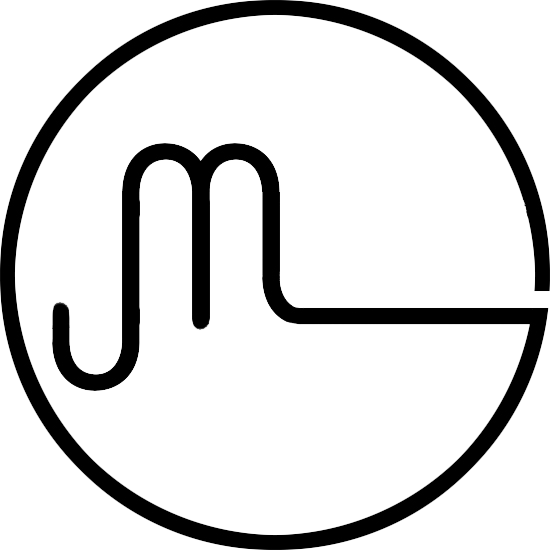“A student of life must take in each part of the body and study its uses and relations to other parts and systems.”
Dr Andrew Taylor Still, founder of osteopathy
Trigger Point Headaches: Causes, Symptoms, and Treatment
This article explores trigger point headaches, focusing on their muscular origins, symptoms, and osteopathic treatments. It outlines how trigger points cause headaches, common symptoms, and prevention strategies to improve quality of life.
Treating Nerve Damage with Red Light Therapy: A Non-Invasive Approach to Healing
Red light therapy offers a novel, non-invasive approach to healing nerve damage by promoting nerve regeneration, reducing inflammation, and modulating pain. With minimal side effects and the ability to complement other treatments, it holds great promise for those suffering from conditions like peripheral neuropathy or nerve injuries. Early research is encouraging, showing that red light therapy can significantly enhance nerve repair and recovery.
Should Metal Used for Surgical Fixation be Removed After a Fracture Has Healed?
After a fracture heals, many patients wonder if they should remove their surgical plates. While common concerns like mobility and pain are often discussed, this article delves into deeper issues, such as how metal plates might interfere with the body's electromagnetic and bioelectric systems. Learn about the potential effects on nerve conduction, dental physiology, and electromagnetic radiation exposure, along with the pros and cons of leaving or removing implants.
Disc Bulge Treatment with Red Light Therapy
Red light therapy may offer benefits for individuals with disc bulges by reducing inflammation, promoting tissue repair, and relieving pain. This non-invasive treatment works by stimulating cellular processes that enhance healing and recovery, making it a viable adjunct treatment to conventional therapies.
Normalizing Muscle Tone: Insights into TENS and EMS
Dry needling with electrostimulation is an effective approach for normalizing muscle tone, particularly when addressing conditions like hypertonia or muscle spasms. This article explains how combining techniques like Transcutaneous Electrical Nerve Stimulation (TENS) and Electrical Muscle Stimulation (EMS) with dry needling can help recalibrate muscle tone by "overcharging" the muscle temporarily. It breaks down the most effective frequency ranges, showing how low frequencies induce relaxation, medium frequencies aid in muscle re-education, and high frequencies target pain relief.
Living Pain-Free with Arthritis: How Manual Therapy Can Help
Many people believe that arthritis inevitably leads to chronic pain, but with the right approach—particularly manual therapy—it is possible to manage arthritis and live pain-free in most cases. This article explains how arthritis begins with cartilage compression, reduced synovial fluid, and hormonal changes, such as estrogen drops during menopause, which affect joint health. Manual therapy can alleviate joint stress, restore mobility, and improve synovial fluid flow, preventing the condition from progressing to the point where surgery is required. A comprehensive approach combining manual therapy with lifestyle adjustments is key to maintaining joint health and reducing arthritis symptoms.
Nocturia and Dysfunctional Breathing: Understanding the Connection
This article delves into the relationship between nocturia and dysfunctional breathing patterns, particularly mouth breathing. It examines how anxiety can worsen these conditions and offers practical strategies for managing them. Improving breathing patterns and addressing anxiety can help reduce nocturia, enhancing sleep quality and overall health.
Fainting spells: A Detailed Examination
Vasovagal syncope is a common cause of fainting, triggered by various factors including stress, heat, and pain. This article delves into the latest understanding of its causes, why it may appear suddenly later in life, and the risk factors involved. It also provides a comprehensive guide on treatment options, focusing on both conventional and holistic self-care techniques such as humming, ear massage, and diaphragmatic breathing to manage and prevent episodes.
Hip Labrum Tears: Understanding Causes, Symptoms, and Treatment Options
This article provides an in-depth look at hip labrum tears, discussing their causes, symptoms, and available treatments. The piece also explores associated deformities such as cam and acetabular spur deformities.










